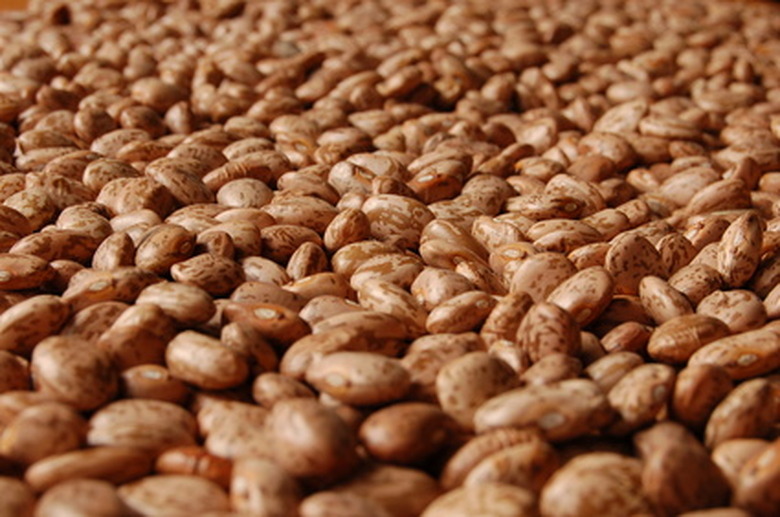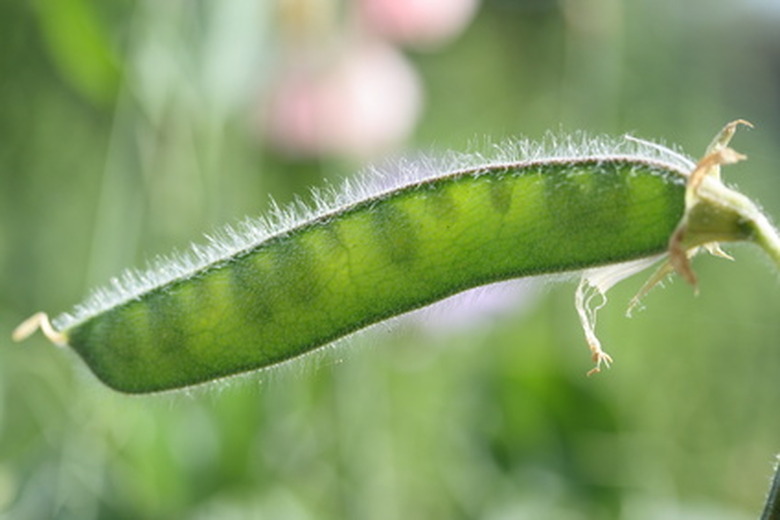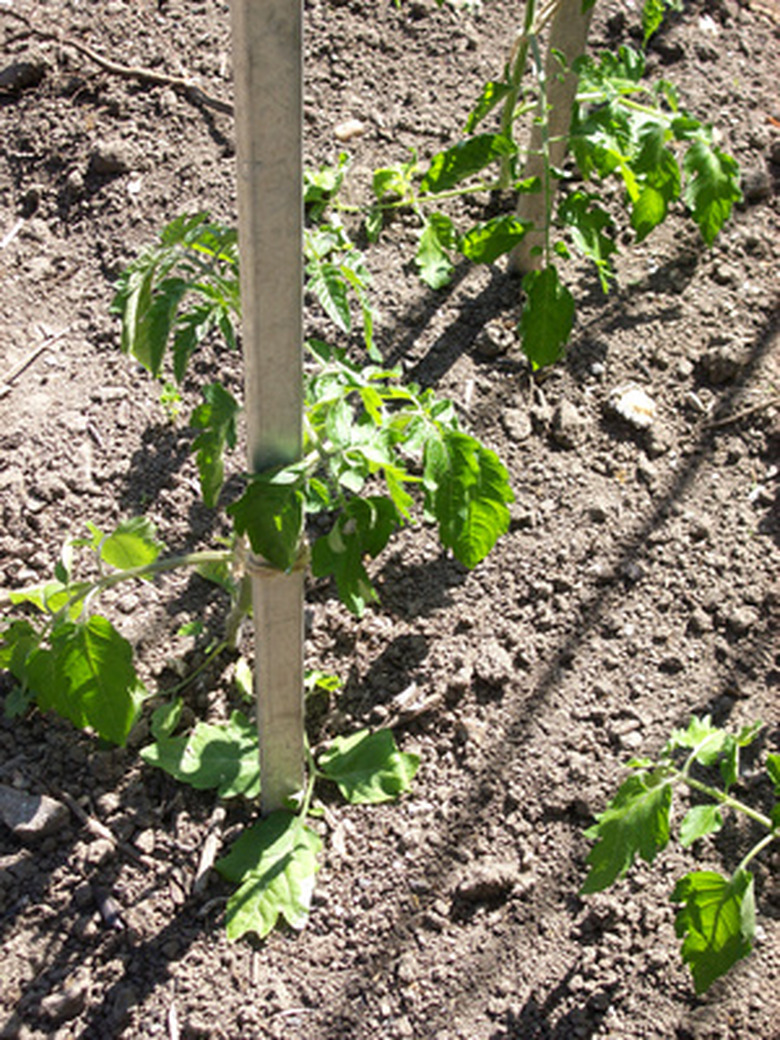The Parts Of A Growing Bean Seed
Bean plants produce legume fruits, which contain the bean seeds in elongated seedpods. Growing bean seeds have several distinct parts, each with an important and separate function in developing the seed into a seedling plant. Some parts of the bean seed develop into the actual seedling plant parts, some parts act to protect the bean seed and other parts provide the nutrients necessary to grow the bean seed into a seedling plant.
Testa (Seed Coat)
The bean seed is covered by the testa, or seed coat, which protects the seed while it's dormant and before it begins to germinate. The bean seed coat consists of the macrosclerieds, which form the outer surface layer, and the osteosclereids, which form the underlying layer.
Hilum
The hilum is the structure on the outer part of the bean seed where it attaches to the seedpod. The hilum delivers nutrients to the bean seeds while they're growing and developing in the pod. After the bean seeds are finished growing and the pod is removed from the bean plant or the seeds are removed from the pod, the hilum has no further function.
- Bean plants produce legume fruits, which contain the bean seeds in elongated seedpods.
- The bean seed is covered by the testa, or seed coat, which protects the seed while it's dormant and before it begins to germinate.
Epicotyl
The epicotyl is contained in the embryo structure of the bean seed. As the bean seed grows, the epicotyl develops into the bean plant's embryonic shoot and leaves, containing the first two unifoliate seedling leaves.
Hypocotyl and Radicle
Another part of the bean seed's embryo is the hypocotyl, which acts as the stem tissue connecting the epicotyl and the radicle. As the bean seed germinates, the hypocotyl elongates and grows, encouraging the seedling's structure to emerge from the bean seed. The radicle is the part of the embryo that develops into the embryonic root of the growing bean seed.
Cotyledons
Bean seeds contain two cotyledons, which contain the nutrients and energy that enable the bean seed to germinate and grow. Because bean seeds contain two cotyledons, they're classified as dicotyledons or "dicots." The cotyledons feed the bean seed up until about seven to 10 days after the seed begins to grow from the ground. The cotyledons slowly disappear as the growing bean seed develops into a seedling and grows its first sets of leaves. After this time, the cotyledons are used up and the seedling leaves begin the photosynthesis process to feed the growing bean plant.
- The epicotyl is contained in the embryo structure of the bean seed.
- Bean seeds contain two cotyledons, which contain the nutrients and energy that enable the bean seed to germinate and grow.


